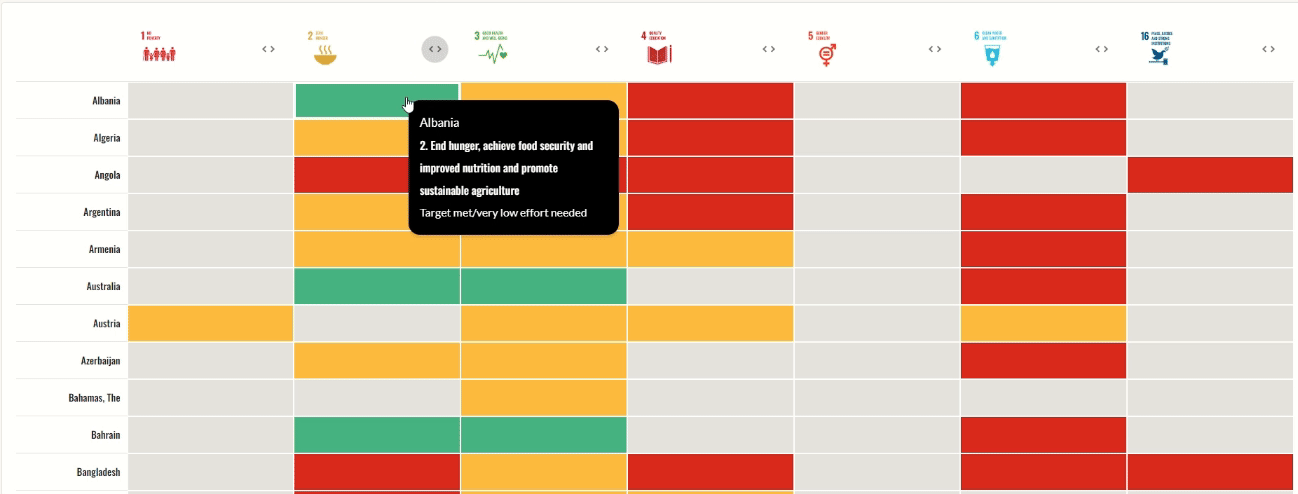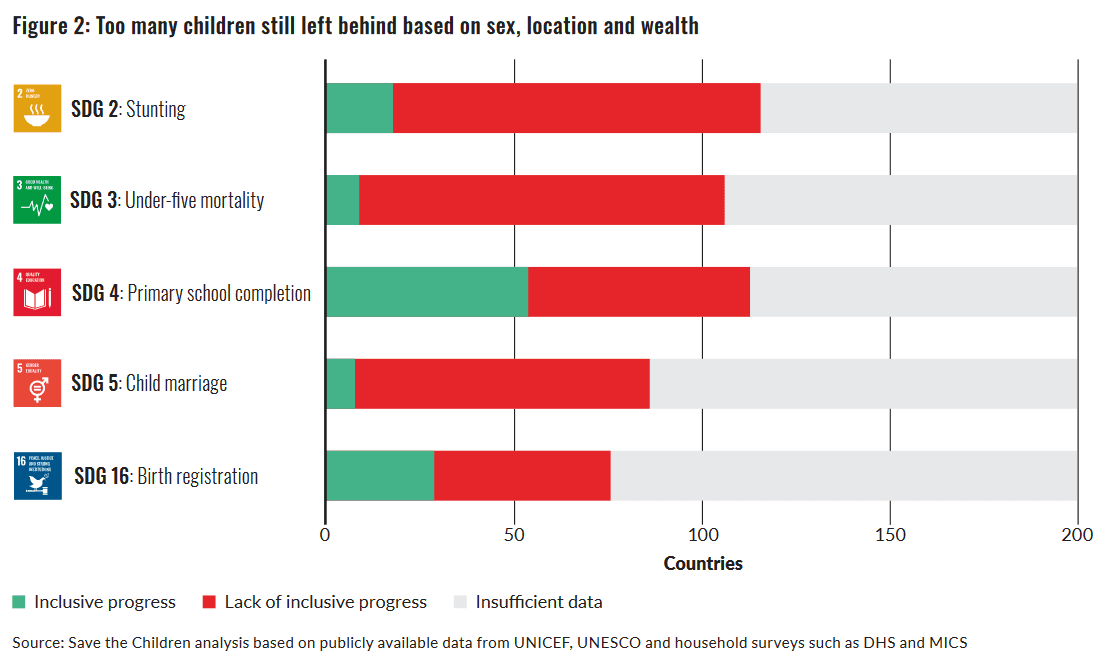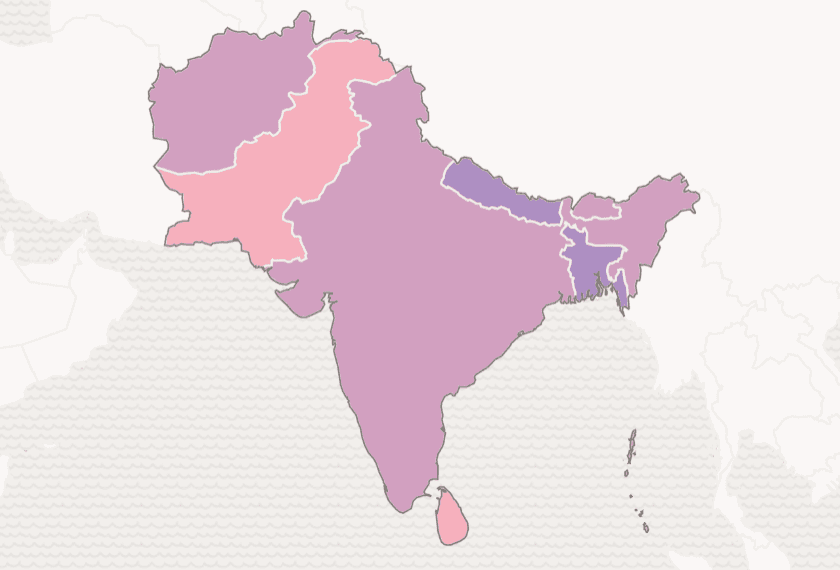Highlighted Stories

Children's progress on the SDGs: Racing against time
With just six years remaining, the world is in a race against time to achieve the SDGs. Despite progress on some of the goals since 2015, our new report shows that most countries are off-track to achieve key promises for children. We also used this opportunity to share key stats on countries’ progress towards the 2030 Agenda directly in various tools of the Child Atlas. Where possible, we are looking beyond averages to demonstrate significant – and often growing – inequalities in many countries around the world.
Selected child-relevant SDG indicators illustrate the lack of progress, painting a pessimistic picture of countries’ abilities to deliver key child rights by the end of this decade. We use UNICEF’s assessment on progress towards the SDGs and transfer these into an easily understandable traffic light system (we explain our methodology more in detail here). The result is our new SDG heatmap, which presents a quick overview of countries’ progress across selected SDG particularly relevant to children. Each goal can be opened to see progress against individual indicators, allowing even more detailed analyses.

You find the same information on the Atlas page (or within country pages) whenever you choose an indicator which is part of the SDGs. For instance, we can see that most countries are off track to reach SDG 2 (we are looking at stunting in particular) – not surprising with levels of hunger globally now higher than in 2015 when the SDGs were agreed!

But national averages hide significant and consistent inequalities, and children are regularly denied their rights because of where they grow up, their gender or ethnicity, whether they have a disability, or the economic backgrounds of their parents. The SDGs provided a compelling approach to combating what are manifestly unfair inequalities, pledging that “no one will be left behind […] and we will endeavour to reach the furthest behind first”.
Unfortunately, progress in most countries does not live up to this promise. We use publicly available data on selected child-relevant indicators and calculate the annual rate of reduction since 2000 for each group on which we have data. We then classify a country as experiencing inclusive progressive, if over the last two decades they both progressed towards the targets as well as closed gaps between groups (boys and girls, rural and urban areas, and richer and poorer families). The findings from the report summarise our findings: in most countries, we didn’t see inclusive progress and gaps between more disadvantaged groups and their better-off peers have widened in many cases. Coming back to our example of malnutrition: just 18 of 116 countries, for which we have data, have made inclusive progress to reduce stunting.

You can also find these statistics directly in the Child Atlas for selected indictors where this level of detail exists – both on the Atlas page or for individual countries. Unfortunately, almost half of all countries lack publicly available and easily accessible information on individual groups, making it often difficult to track the pledge to Leave No One Behind.

These findings should be a wake-up call, not only for better disaggregated and granular data, but crucially to design policies and programmes that actively reducing inequalities and to live up to the pledge to Leave No One Behind – especially with only 6 years left!
Please do have a look at our report ‘Racing Against Time’, which provides much more detail than the few paragraphs here. Importantly, they also include Children’s scorecards, allowing children directly to express their views on progress towards the SDGs, adding a crucial piece of accountability to the SDG progress.
Related stories:
Related stories

How a Soap Opera Helped to Reduce Child Marriage
Child protection (CP)
Child protection (CP)
2025-11-11

A Generation Left Waiting: Gaps in SDG progress for children
Indicators by SDGs (SD)
2025-11-04